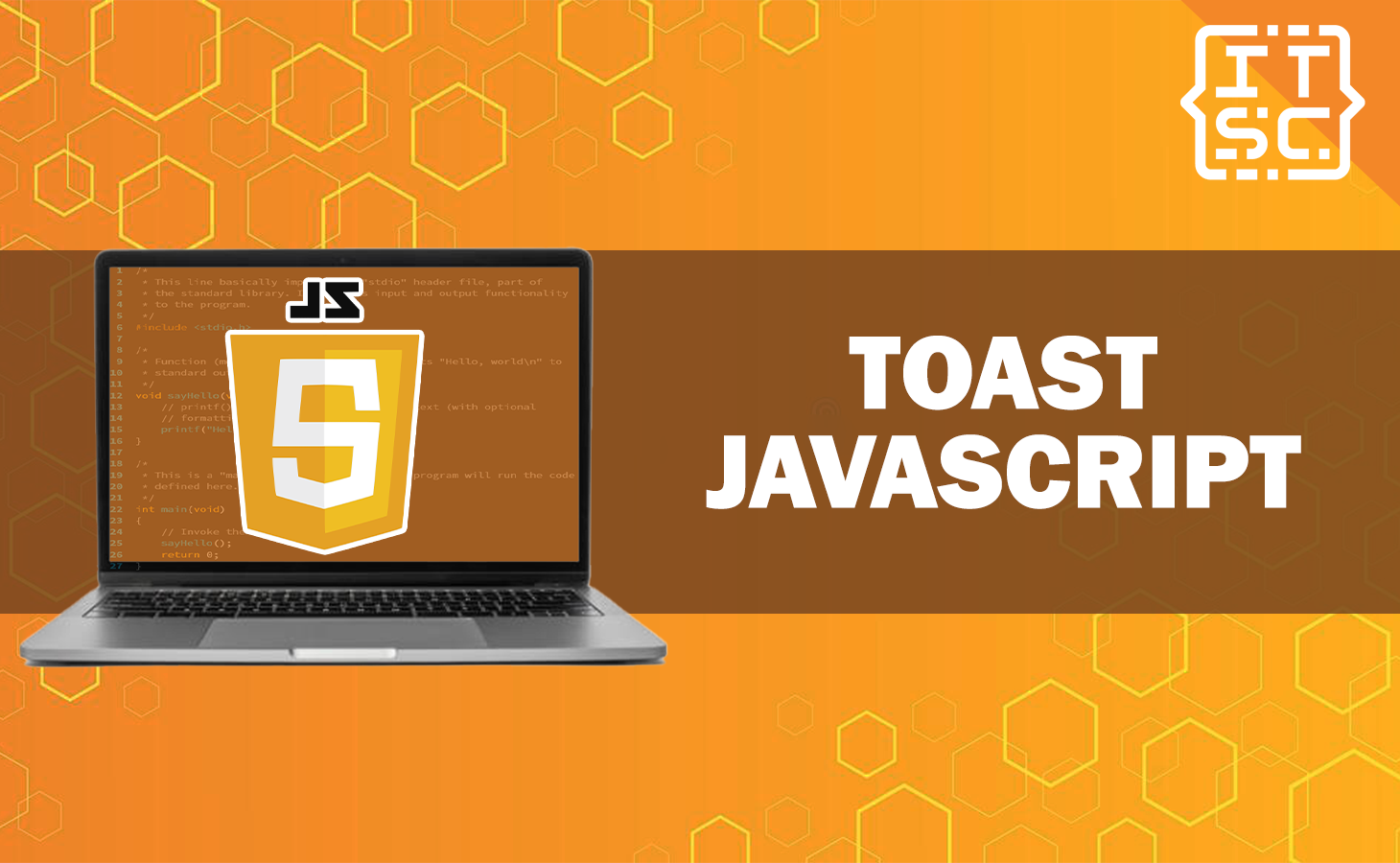JavaScript toast is a well-known method to display limited messages that notify users without interrupting their plan.
In this article, we will discuss the example of JavaScript toast message, its implementation, and best practices for creating engaging user experiences.
What is JavaScript Toast?
JavaScript toast is a type of notification that shortly occurs on a user’s screen and then disappears away after a short period.
It is usually used to display necessary information or updates without elimination the user’s interaction with the application.
The term “toast” is animated by the exquisite pop-up messages that occur during the Android OS update process, similar to slices of toast popping out of a toaster.
The Advantages of Using JavaScript Toast
Using JavaScript toast notifications provides multiple advantages that increase user achievement and engagement:
- Non-intrusive
- Toast messages occur shortly and don’t require any user action, allowing them to continue their work which is continuous.
- User-Friendly
- With succinct and clear messages, users receive important information without confusion.
- Enhanced UX
- Toast notifications grant to a smooth user experience by offering timely updates and feedback.
- Space-Efficient
- Toasts usually occur at the bottom or top of the screen, using minimal space and not restricting the user interface.
- Customizable
- Developers can illustrate the presence and action of toast messages to match the application’s theme and branding.
- Responsive
- JavaScript toast is appropriate with different devices and screen sizes, ensuring a persistent experience for all users.
Implementing JavaScript Toast
To implement JavaScript toast, developers can use libraries and frameworks that provide pre-built components.
Here’s a step-by-step guide for making a common toast notification:
Step 1: Set Up HTML Structure
We will begin by making a container element in the HTML where the toast message will be displayed:
<div class="toast-container"></div>
Step 2: Define CSS Styles
Next, style the toast container with CSS to control its position, appearance, and animation:
.toast-container {
position: fixed;
bottom: 20px;
right: 20px;
background-color: #333;
color: #fff;
padding: 12px 20px;
border-radius: 4px;
animation: fadeOut 3s;
}
@keyframes fadeOut {
0% { opacity: 1; }
100% { opacity: 0; }
}
Step 3: Write JavaScript Function
Now, create a JavaScript function to display the toast message with the applicable content:
function displayToastExample(message) {
const toastContainerSample = document.querySelector('.toast-container');
toastContainerSample.textContent = message;
toastContainerSample.style.animation = 'fadeOut 3s';
setTimeout(() => {
toastContainerSample.style.animation = '';
}, 3000);
}
Step 4: Trigger the Toast
Finally, call the displayToastExample() function whenever you want to present a toast message:
displayToastExample('Welcome to Itsourcecode! This is a toast messages.');Remember to link the CSS and JavaScript files to your HTML document.
Best Practices for Engaging Toast Messages
Creating effective and fascinating toast messages is an art that can necessarily impact user experience.
Here are some best practices to deal with:
- Keep it Concise
- Limit the message length to a few words or a short sentence. Users should quickly comprehend the information.
- Use Action-Oriented Language
- Frame the message with action-oriented language that brings a sense of importance or purpose.
- Provide Clear Feedback
- Use toast messages to offer feedback on user actions, such as successful form submissions or error notifications.
- Match the UI Theme
- Make sure that the toast messages align with the application’s overall design and theme.
- Implement Transitions
- Use smooth animations to disappear in and out the toast messages for a visually pleasant experience.
- Avoid Overuse
- Reserve toast notifications for necessary information to prevent astounding users with dynamic messages.
FAQs
Yes, JavaScript toast is an excellent options for mobile applications due to its non-intrusive nature and space-efficient design.
Absolutely! You can style the toast messages using CSS to match your application’s theme and branding.
Several popular libraries provide pre-built toast components, such as Bootstrap, Material-UI, and Toastr.
Conclusion
JavaScript toast is a powerful tool for providing timely and non-intrusive notifications to users, increasing their overall experience.
By following best practices and implementing toast messages intentionally, developers can create engaging applications that keep users informed without affecting their flow.

